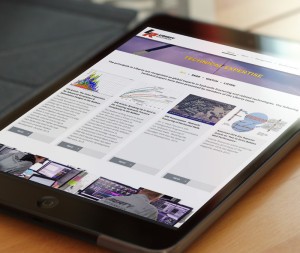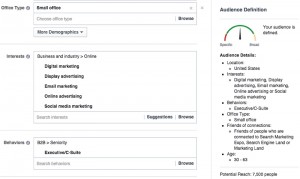Cloud computing, e-commerce, the Internet of Things and integration of AI in workflows have increased the attraction of automation for businesses throughout the century. And the response to Covid-19 has merely accelerated the pace of automation with the acceptance and widespread adoption of remote workplaces.
More than two-thirds of all managerial tasks at companies may be automated as soon as 2024, according to researchers at Gartner. If so, it will usher in an era of change to the way work is currently conducted, as well as where, when and how employees apply their skills.
Off-premise or hybrid work will become the norm in this scenario and likely lead to an increased focus on internal compliance where technology and AI will play heightened roles. How well companies navigate these waters will define their success.
Let’s take a look at the changes that will define the years to come.
New and refined technologies
Whether with hesitancy or excitement, companies have moved into the advanced digital era and there’s no turning back. Mail and couriers became faxes that became emails with attachments. Phone calls became Skype, conference calls are now Zoom. Communication at work is as vital as ever, but the methods of communicating are in a completely new era. Like never before, the companies that communicate most efficiently will have a leg up on the competition.
In addition, the manner that technology is able to process and communicate automated information has improved and expanded. This growth in the power of software and hardware technology alike is making work more accessible and efficient for the workforce.
Look no further than the pandemic for examples of companies utilizing virtual environments to change collaboration and communication tactics and produce their same tangible, successful outcomes. Firms responsible for creating such technologies have certainly grown during this period. But so, too, have unrelated businesses that applied advanced technology such as virtual reality into on-the-job training and advanced product development. This application of technological advancements has not only created new products and services, but it has brought them to market more quickly than ever.
Modern technology is truly transformative. And it can be overwhelming when making the adjustment for the first time. Yet everything from recruitment and hiring, onboarding and training, productivity, management and security have advanced with the adaptation of technology. Now, resisting adoption means increasing costs through reduced efficiency, thus falling behind competitors.
Work-life balance equilibrium
There was a time when indicators of work-life balance in the workplace could be visibly identified. Stacks of paperwork, countless post-it notes and, of course, ever-increasing commute times.
The meteoric rise of remote work as a result of the pandemic has positively affected that latter burden. However, technological advancements already noted have eliminated the visible indications of heavy workloads. Counterintuitively, the power of technology bears with it the risk of increasing employee workloads as output becomes more efficient. Over the past five years, the stacking of workloads has made achieving an operable work-life balance difficult for approximately one-third of employees surveyed in an Ernst & Young study. Additionally, another E&Y survey post-pandemic reveals a majority of employees are adamant that their employers must take steps to ensure work-life balance.
When addressing employees’ expectations that work-life balance is achieved and maintained, it’s important to place emphasis on outcomes rather than output. As importantly, leadership must accept responsibility for identifying and prioritizing the greatest rates of return on responsibilities, staff those functions accordingly, and recognize when responsibilities are added, other workloads must be jettisoned to ensure manageable levels of stress.
Modern leadership for modern times
Traditions have their place, yet when it comes to climbing the career ladder over time with incremental advancement in responsibility, tradition is being redefined before our eyes. Now, identifying skills and fast-tracking those who demonstrate the desired talents into leadership roles is normative behavior. Aptitude on quickly evolving technology, driving results with these tools and managing change in an ever-changing environment has replaced paying dues over decades.
Younger generations in the workforce seek jobs that create within them the feeling that they bring value to the world with their performance. They look for companies that adopt an open-minded working culture, which encourages workers to be as creative and forward-thinking as they desire. This is not to say that there is no longer room for those with decades of experience. Legacy workers have experience, knowledge and resilience that makes them invaluable to an organization.
Workplaces are becoming more inclusive and flexible, and it’s allowing a voice for more people in business decisions. Still, for many companies, this evolution is trailblazing and uncomfortable. But change reveals vast opportunities. Provide team members a valid purpose, offer them space and autonomy to perform and to master their craft. And understand that meshing a highly diverse workforce of adaptive, intelligent people in an enriching work environment will fuel them to discover their potential. Modern technology and its development will be the means that those talents manifest into successful business results.
Business & Finance Articles on Business 2 Community(36)






